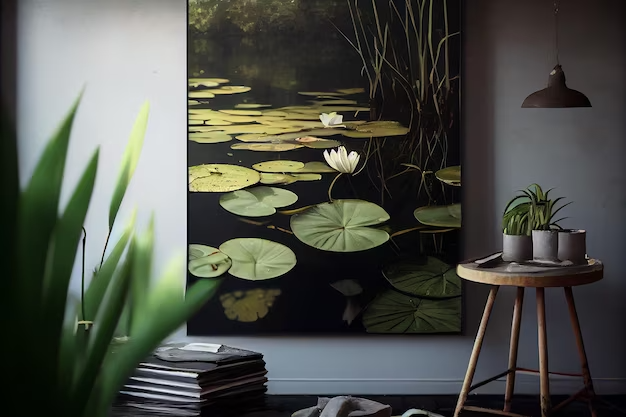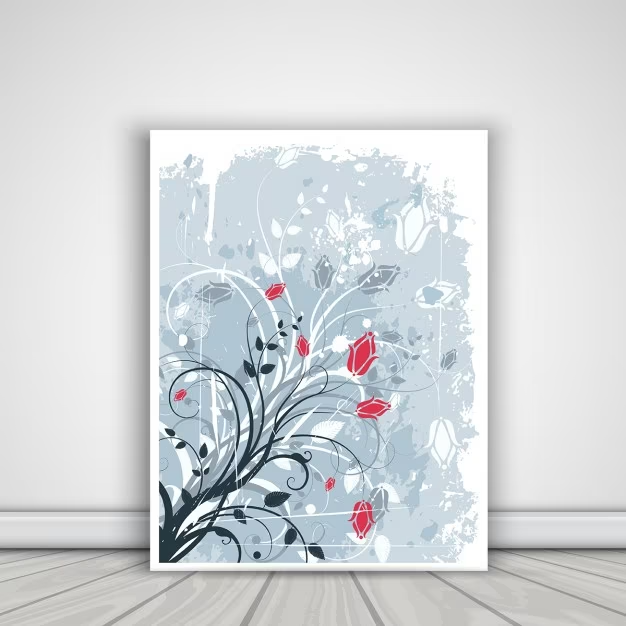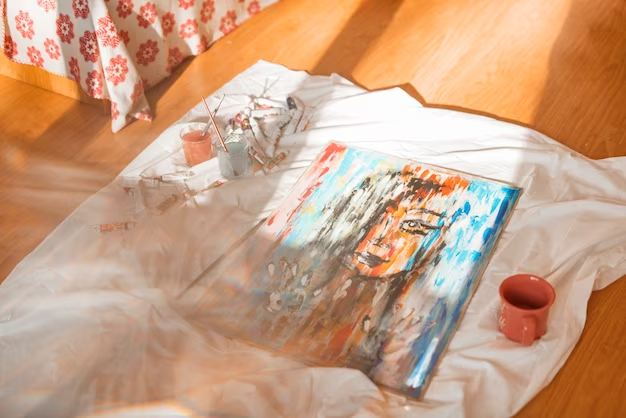How can you tell a real Giclee Print from a fake?

With premium quality and unparalleled precision, Giclee prints are a popular choice for artists to get their artwork to the people. The amazing quality of this form of printing has invited a lot of forgery. The counterfeit reproduction aims to replicate the precise quality of the printing. Giclee prints are excellent for collectors who are trying to acquire high-quality prints. These prints are also used for exhibiting artworks. For an art enthusiast, it is crucial to identify a real Giclee from a fake and secure their investments. In a period of increasing fake prints, key indicators of genuine prints will help you save your investments.
The Authentic Giclee Print
These are the qualities that make Giclee prints stand out from ordinary variants.
The print quality: Giclee, renowned for its print quality can capture the finest details and goes beyond standard printing methods. Giclee prints are set apart by reproducing even the smallest detail.
Paper and Canvas Quality: Using archival-grade paper ensures the longevity of prints and ensures longevity and prevents premature fading. The quality of the prints is directly affected by the paper and canvas print quality.
Resolution and details: This printing method is ideal for large-format, high-resolution prints. The conventional method of printing lacks texture and intricate details. The authentic Giclee is not blurred or pixelated.
Color Accuracy: The printers that use CMYK (Cyan, Magenta, Yellow, and Key (Black)), additional cartridges used for smooth textures. Giclee prints color accuracy makes your collections unique.
The authentic prints will have a fine texture and tone throughout the artwork and the unintended graininess and halftone dots are absent.
Skipping the Fake Giclee Print
Counterfeits are common in the market, deceiving collectors and artists, undermining the aesthetic quality, and charging unrealistic prices. Fake Giclee prints are noticeable while examining the surface of the print.
Check for an Authentic certificate: Search for a signature or certificate from the artist or gallerist before buying helps you avoid any probable scams.
Search for Edition Size: Famous paintings or photographs may have many collections, but know that the greatest number of artworks in Giclee prints are limited and specific to an occasion. There is a high chance of mass-produced counterfeits.
Consult Reputable Sources: Reach out to art schoolers or experts in this field and get authentic services for informed decisions.
Inconsistency and dot patterns: Fake prints cannot reproduce artworks with detail and texture. Giclee prints capture the essence of the original piece. In the fake replications, dot patterns and inaccurate details spoiled the immersive experience.
Blurred brushstrokes: A frequently occurring motif in fake Giclees are brush strokes that appear to be blurred or smudged.
Textural inconsistency: A consistent texture throughout the print is a hallmark of authentic Giclee prints. If you detect inconsistencies, you should be wary of the print’s authenticity.
Random paint splatters: Sometimes, paint splatters are visible on fake prints that are not part of the original. If you see any splatters that look out of place, inspect them closely.
Uneven edges: Another area of the print where fakeness can be identified is around the edges where the print wraps around the frame. In the case of fake prints, these edges may be uneven.
Unusual dot patterns: If substandard printers are used, it may result in unusual dot patterns on the print surface. That’s another giveaway the print is fake.
Also, keep in mind that it’s hard to tell fake from real online. So, while getting a Giclee print, it’s ideal to check the print in person before buying it.
More about Giclee Prints
If you are curious to learn more about the printing method which has art connoisseurs in thrall, read on for some interesting history and more.
Giclee is a name adopted by Jock Duganne in 1991 for a new type of printer that could print large-format, high-resolution inkjet prints. They were later popularly used in fine art printing as the artist found it economical, as they could do final color corrections and updates. The Giclee makes the market ideal, as the museum-quality of Giclee attracts art collectors and art enthusiasts.
The superior print quality of Giclee is infamous for resembling the original. In 2007, Kristine Eubanks and Gerald Sullivan made 20 million dollars by scamming people with the best reproduction technology- the Giclee. The reproduction was exceptionally accurate, more than 10,000 people may have bought their painting. Eubanks and Sullivan claimed to have paintings of master artists like Picasso and Dali.
This exemplifies Giclee prints’ accuracy. The prints are made with archival papers that last a long time to maintain vibrancy and integrity. With a lot of fake Giclee in the market, some key factors exist to identify the archival prints.
Fake prints are often displayed with lower resolution and poor details with diminishing quality over a short period. The aesthetic depth of the original prints cannot be presented in a sham copy. Fake Giclee is filled with random paint splatter and brush strokes that appear blurred or smudged. The edges of the counterfeit prints are uneven so, It is advised to buy prints in person after a thorough inspection, it is hard to find these key details online.
Understanding the key indicators helps the art enthusiast choose authentic prints, and it holds up the integrity of your art collection. The skill and vision of an artist will hardly transcend through forged copy. Giclee prints are a fortune for any artist as their works can reach a wide spectrum of people, with the desired quality intact.
Tags: Giclee Prints, canvas prints
Leave a Reply
Your email address will not be published. Required fields are marked *


